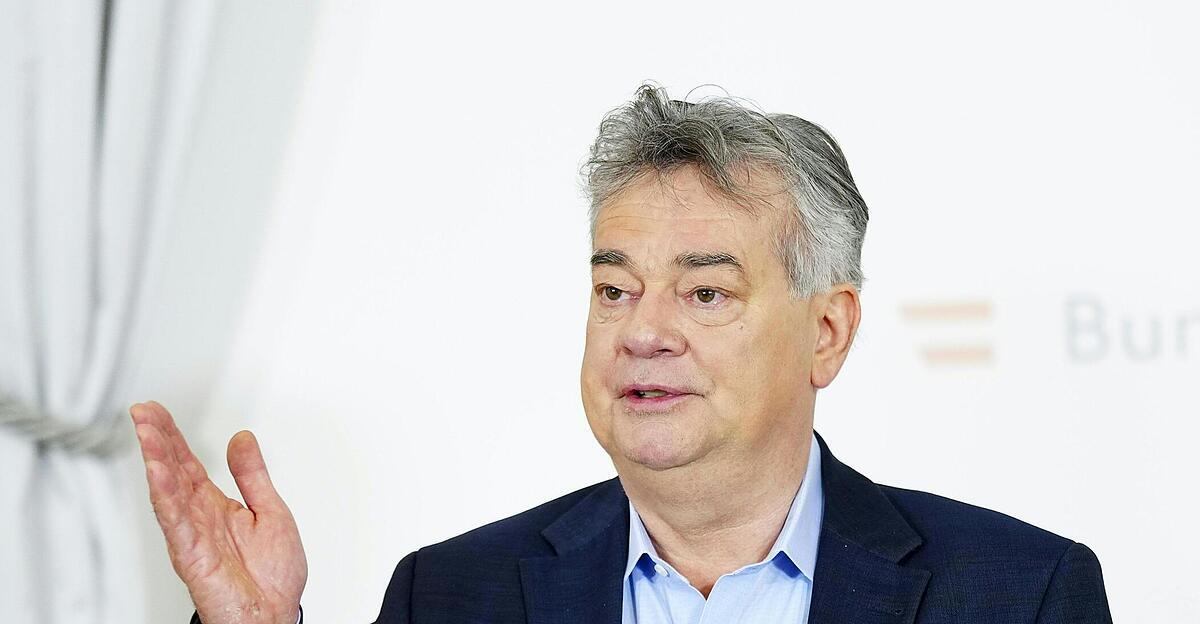Rūta Leitanaitė, the chairwoman of the Lithuanian Architects’ Union, notes that although a renovated apartment building means lower bills for many, due to the increased energy efficiency of the building, it is important for residents not only to save money, but also to live in a visually attractive house.
“We are not a third world country, so we can and want to expect a little more from the environment. After satisfying such needs as security or a roof over our head, we start to think more broadly – what our environment means to us, what it is like, because psychologically we cannot escape from that environment, so if it oppresses us, is visually unacceptable, we live in it all the time, it really does not contribute to our quality of life and determines, her life in an apartment building is still not considered an example of a successful life. Many still dream of moving to the old town, which is historically considered wealthy, or to the suburbs. However, after fixing the apartment block and its environment and architecture, I think that the love for one’s environment and the appreciation of apartment buildings would definitely improve”, the interviewee shares.
Sigitas, who lives in a renovated apartment building in Pabrade, says that the block where his house is located has already been completely renovated and he is extremely satisfied not only with the improved quality of life, when the energy efficiency of the building has increased, winters have become warmer, summers are fresher, and the bills are lower, but he is also happy the appearance of the modernized building: “Like night and day, everything looked very bad, and now the whole house looks like new.”
Neighbor Eugenijus, who has been living in the renovated apartment building for about a year, claims that the residents pay lower bills than before the renovation, and are also happy with the view – it is perfect, European.
The goal of the quarterly renovation is visual integrity
R. Leitanaitė notes that in order to maintain the visual integrity of the blocks, it is important to consider all architectural solutions, and in this situation, cooperation with the municipality and the architects working in it is extremely necessary.
Jovita Rudėnienė, director of the administration of the Švenčioni district municipality, says that residents are provided with pre-project modernization proposals, coordinated with the city’s chief architect: “Since the houses are renovated not one by one, but complexly, the combinations of each house are compatible, several options are selected from the color combinations and then already submitted to the verdict of the population.”
At the moment, more than 100 apartment buildings are being renovated in the municipality of Švenčioni district, maintaining earthy, pastel, non-challenging colors, renovating their facades.
“In the regions, it is easier to control the color schemes and the architectural integrity of the block itself. I think that big cities should prepare special plans for how those quarters will look so that the city is not motley,” says J. Rudėnienė.
R. Leitanaitė also agrees with her: “If the city wants to leave history, for example, how old towns are protected, apartment buildings should not be boldly different from that. Art historians believe that the most characteristic features should be preserved, starting from urban planning and ending with details. The introduction of very bright colors and combinations, I think, would destroy the architectural concept.”
According to the interviewee, Lithuania is purposefully moving towards holistic renovation – although we are still in the initial stage, there is a desire both from the state and especially from the municipalities to know what this process is and how to implement it.
You can find more information about the apartment modernization program and conditions on the APVA website:
Author of the article: Kotryna Grušauskaitė


for 534.
2023-04-29 04:30:00
#Quarterly #renovation #face #cities #common #visual #solutions

